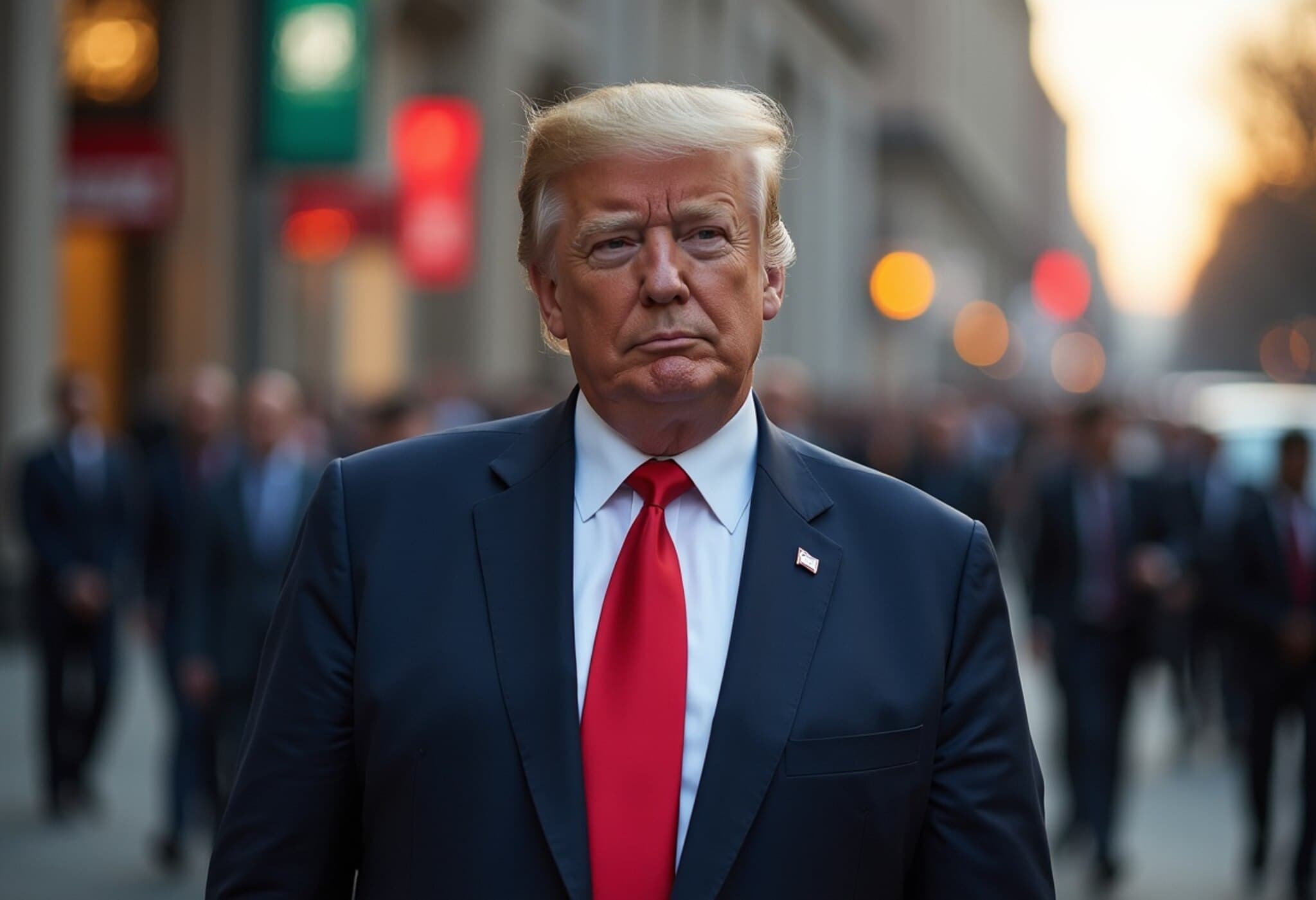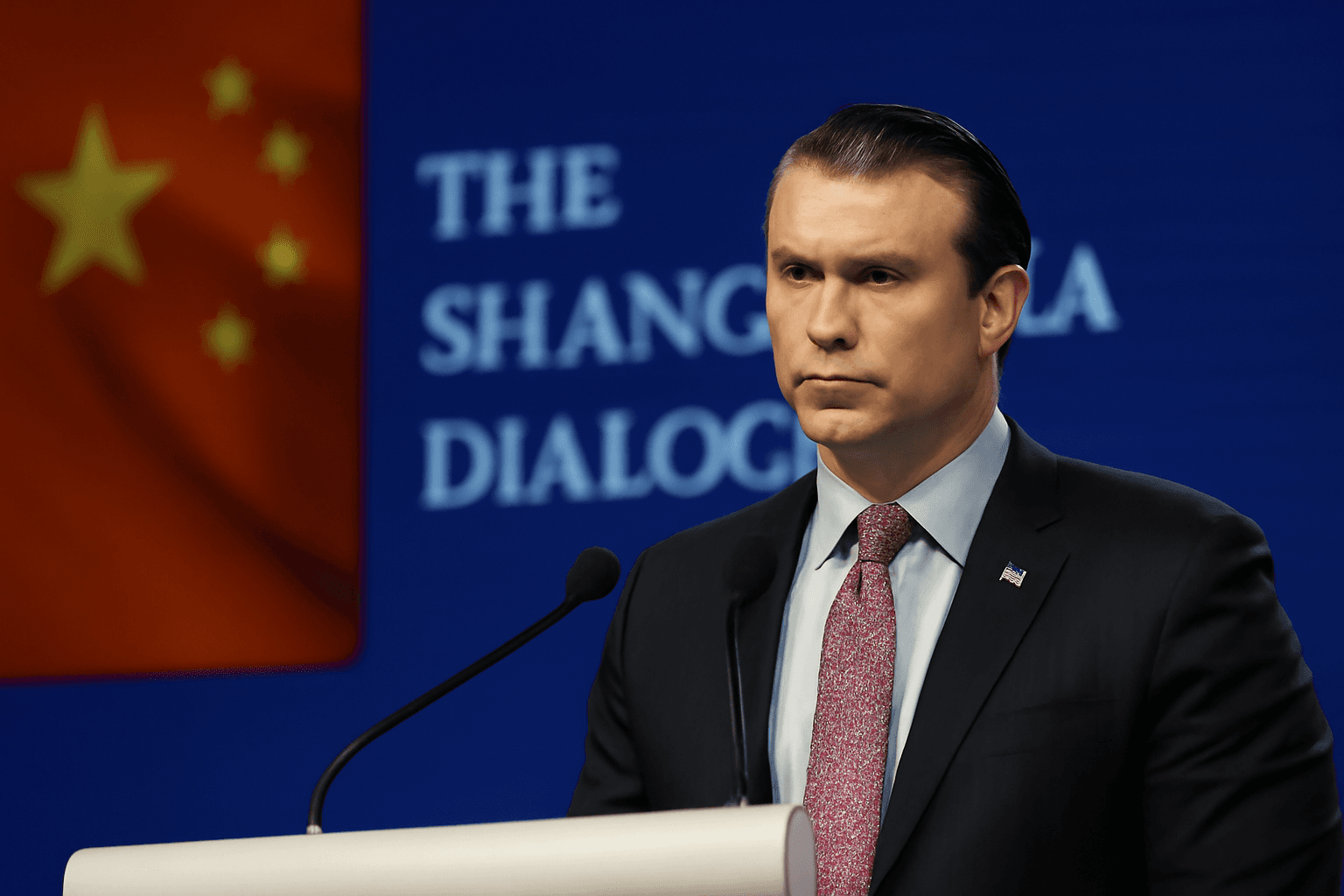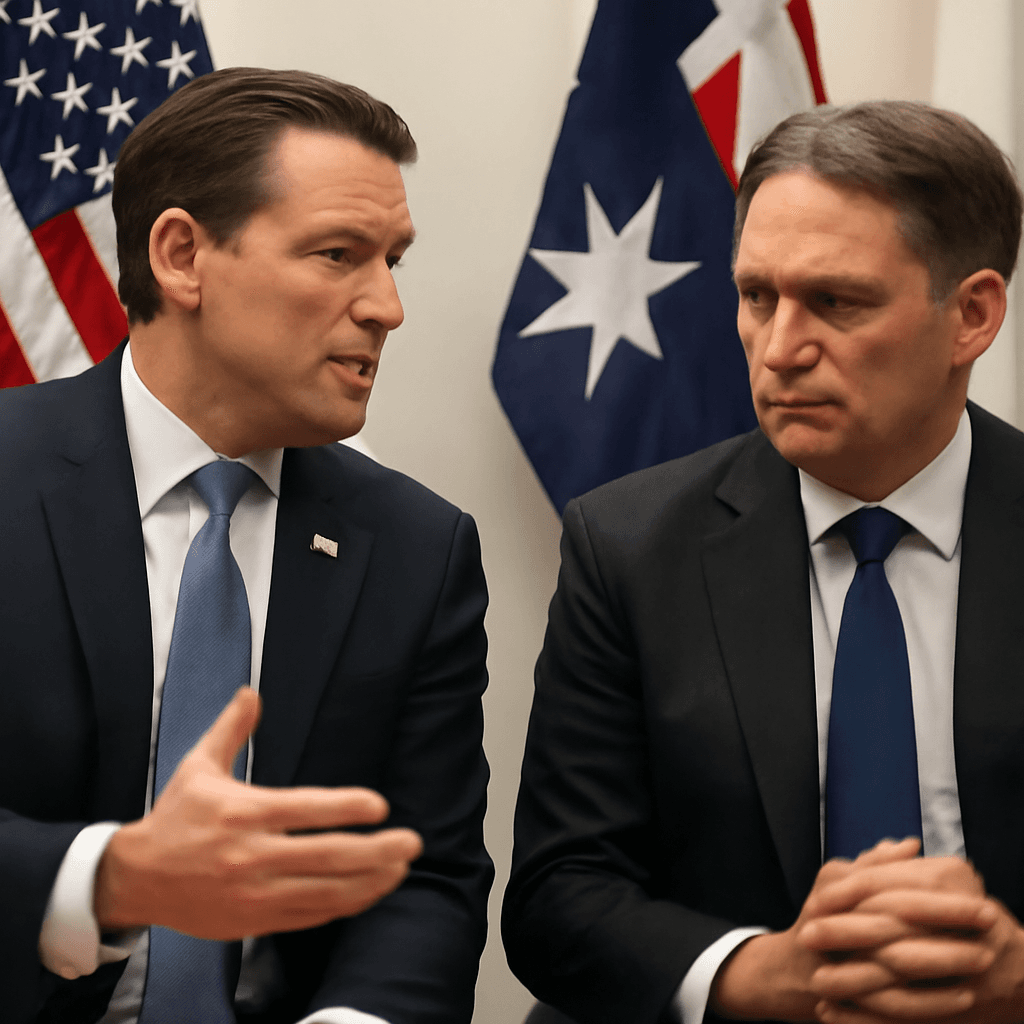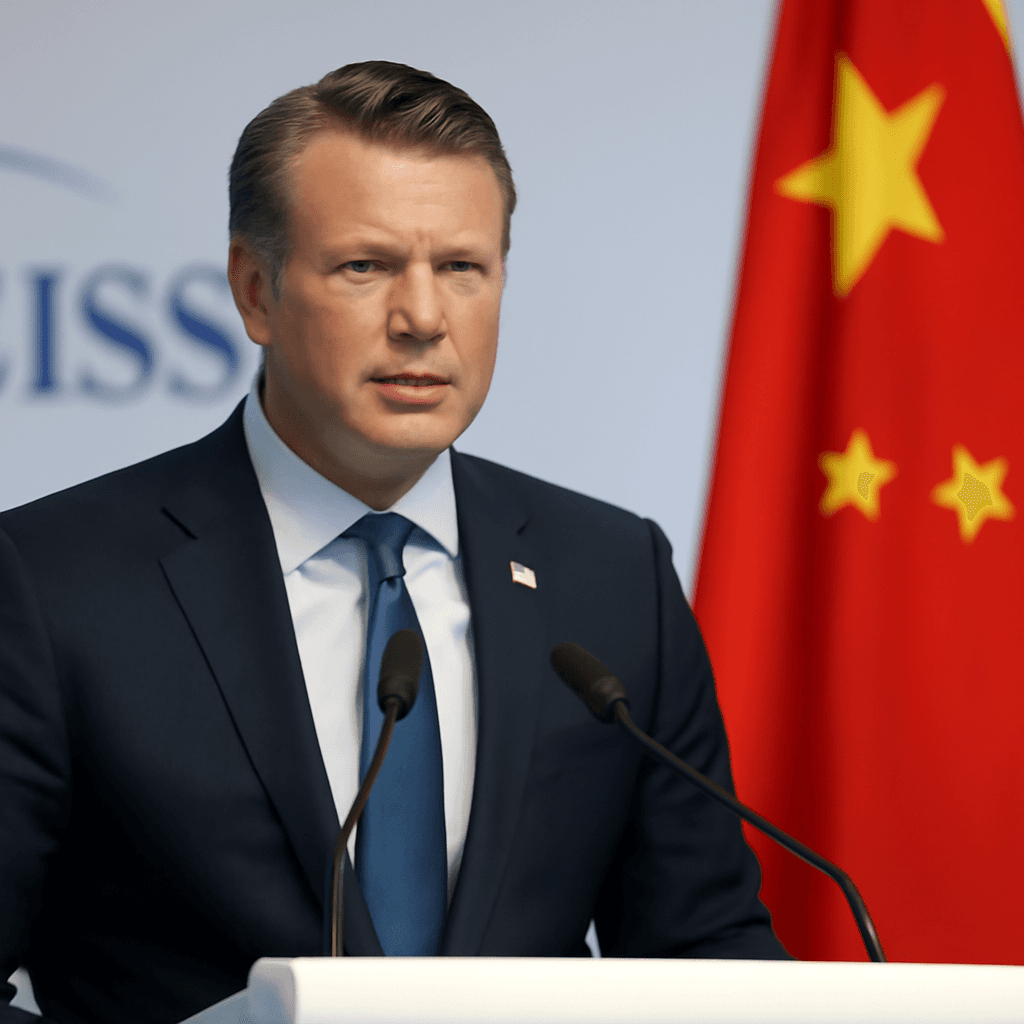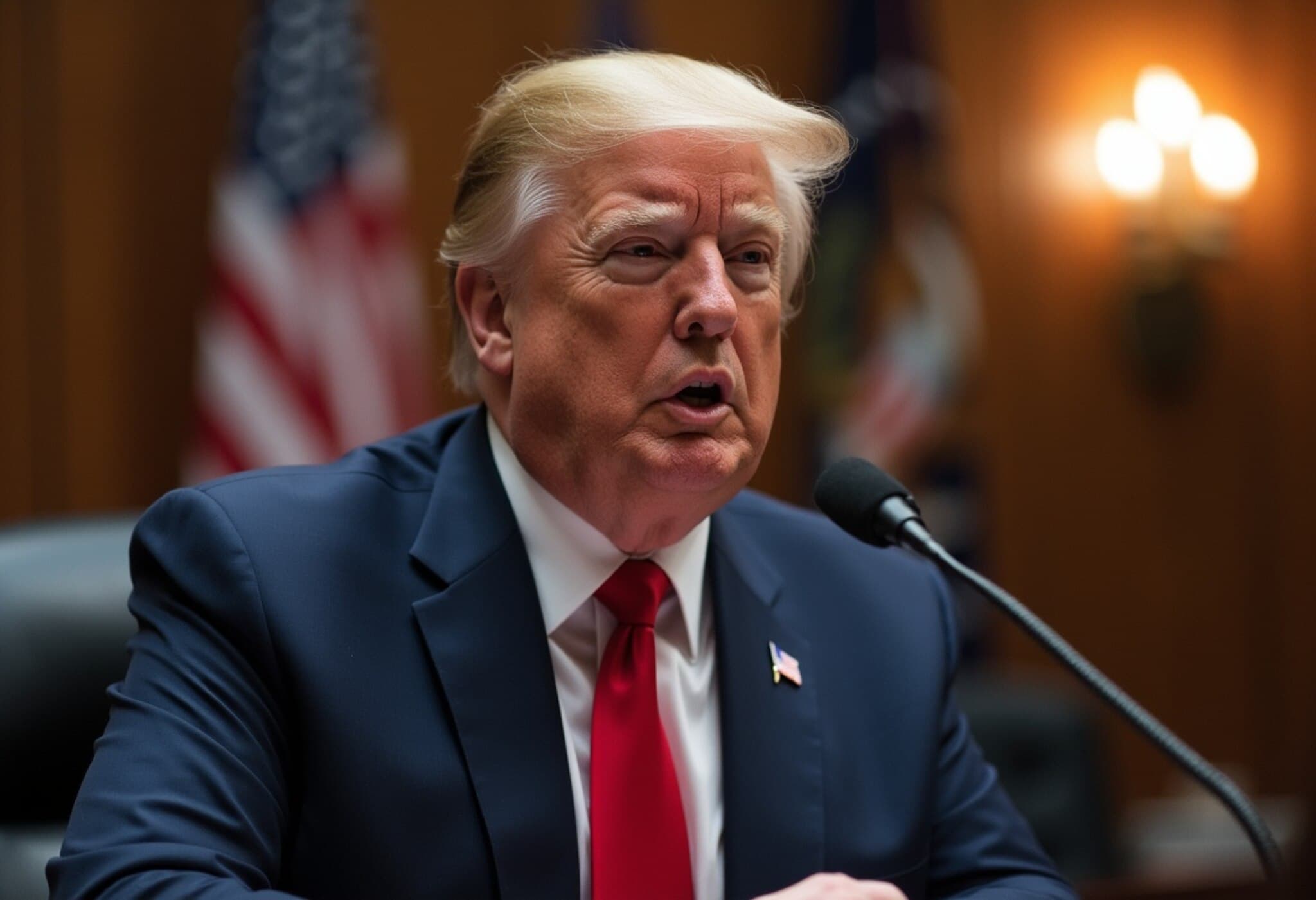Bipartisan Effort Aims to Shield Taiwan’s Critical Infrastructure from Chinese Interference
In light of escalating geopolitical tensions in the Indo-Pacific region, a bipartisan group of US senators has stepped forward with new legislation designed to protect Taiwan’s vital undersea cable network from growing threats of sabotage linked to China’s persistent “grey zone tactics.” This strategic move highlights Washington’s commitment to safeguarding global communication lines and supporting Taiwan’s sovereignty amidst Beijing’s increasing pressure.
Understanding the Taiwan Undersea Cable Resilience Initiative Act
Announced on July 10, 2025, by Republican Senator John Curtis and Democratic Senator Jacky Rosen, the Taiwan Undersea Cable Resilience Initiative Act targets concrete steps to enhance the security and resilience of submarine cables that carry the vast majority of Taiwan’s internet traffic and international communications.
Key provisions in the bill instruct the US Department of State to coordinate with the Departments of Defense, Homeland Security, and the Coast Guard to implement a suite of protective measures including:
- Real-time monitoring systems to detect suspicious activities around Taiwan’s undersea cables,
- Rapid-response protocols to swiftly address potential sabotage or disruptions,
- Strengthened maritime surveillance in critical areas,
- Expanded international partnerships to share intelligence and collaborate in securing global undersea infrastructure.
Context: What Are China’s Grey Zone Tactics?
“Grey zone” tactics are ambiguous operations that fall below the traditional threshold of armed conflict but are designed to harass, intimidate, or coerce adversaries without triggering full-scale war. In Taiwan’s case, these include interference with undersea cables, military drills in contested waters, and diplomatic isolation efforts.
Since February 2023, Taiwan has reported at least 11 disruptions to its undersea cables. US officials suspect that Chinese vessels might have deliberately targeted these lines to degrade Taiwan’s internet connectivity and isolate it from international networks. Such actions represent a shift toward more covert, hybrid warfare methods that complicate international responses.
Broader Legislative Push: The Taiwan International Solidarity Act
Alongside the cable-focused legislation, Senators Curtis and Chris Van Hollen introduced the Taiwan International Solidarity Act, aiming to counter Beijing’s diplomatic efforts to diminish Taiwan’s global standing. This bill pushes back against interpretations of UN General Assembly Resolution 2758 that have been used to exclude Taiwan from international organizations.
The act encourages stronger alliances and coordinated resistance to China’s pressure campaigns, reinforcing Taiwan’s participation in international forums and underscoring US commitment to democratic partners in the region.
This legislative package comes shortly after the US House passed a companion version of the Solidarity Act in May 2025, marking an ongoing congressional effort to unify US policy on Taiwan support amid evolving challenges.
Expert Insights: Why This Matters for the US and Global Security
Securing undersea cables is not just a Taiwanese issue; it’s a global imperative. Over 95% of international data traffic relies on these cables — from financial transactions to military communications. Dr. Emily Chen, an expert on cybersecurity and Asia-Pacific geopolitics, explains:
“Protecting the integrity of undersea infrastructure is crucial to maintaining global digital connectivity, economic stability, and national security. The US’s proactive stance sends a strong deterrent signal to China and reassures allies reliant on these networks.”
Moreover, the focus on grey zone tactics underscores a new era of strategic rivalry where direct conflict is avoided but pressure is steadily increased. Legislative initiatives like these facilitate a measured, law-based response that bolsters resilience without escalating tensions dangerously.
Looking Ahead: Challenges and Opportunities
While this legislative development is promising, implementation hurdles remain:
- Technological complexity of real-time monitoring over vast ocean areas,
- International coordination among nations with sometimes competing interests,
- Risk of Chinese countermeasures escalating tensions despite efforts to stay below open conflict levels.
Nonetheless, the bills signify an important paradigm shift — recognizing that defending Taiwan in the 21st century requires not only military readiness but also robust technological and diplomatic strategies against subtler forms of coercion.
Editor’s Note
The newly proposed US legislation marks a critical step in addressing the nuanced challenges posed by China’s grey zone tactics. Beyond military posturing, protecting the undersea cables is foundational for Taiwan’s connectivity and by extension, global communications. As tensions in the Indo-Pacific deepen, policymakers will need to balance proactive defense with diplomatic engagement to avoid dangerous escalation. Observers should watch how this legislation complements broader US strategies and what implications it holds for regional stability in the years ahead.



